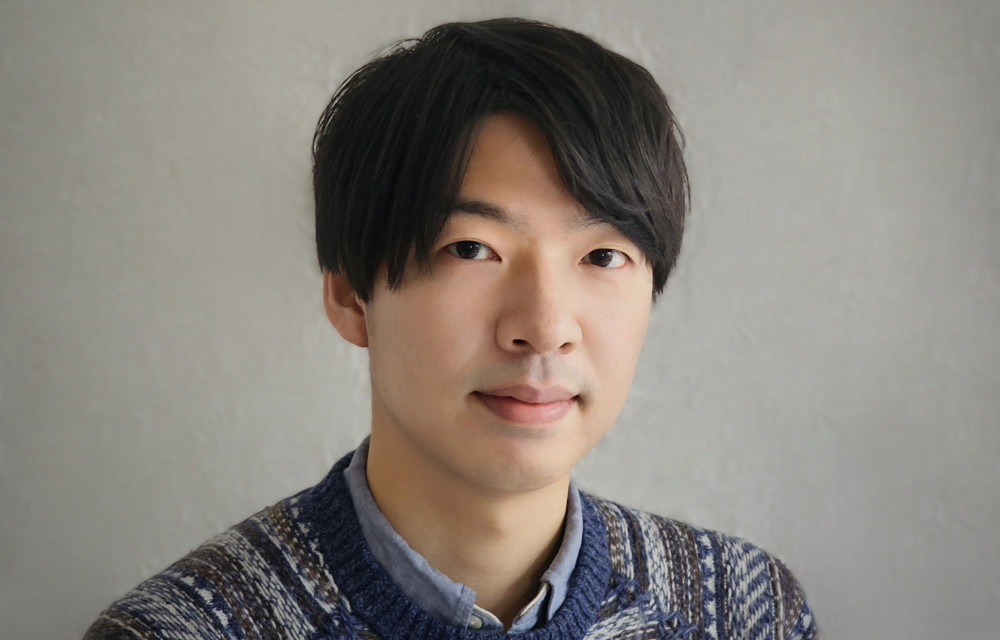Computer scientists at Saarland University develop customized learning software

Tomohiro Nagashima, Assistant Professor of Technology Enhanced Learning Photo: Private
View all images
Digitalization in schools is a much-discussed topic. The tenor: equipping students with tablets and laptops alone is not enough, meaningful applications are needed for the technical devices. This is what the “Technology-Enhanced Learning” research group led by computer science assistant-professor Tomohiro Nagashima at Saarland University is working on. Cooperating closely with teachers and students, the group develops customized applications that make learning effective and at the same time provide new insights for the science of human learning.
The freely accessible learning platform “AlgeSPACE – Algebra Scaffolding with Pedagogical Agents and Concrete Examples” was published in February. This is the thesis project of a computer science Master’s student Katharina Bonaventura, who was supervised by Professor Tomohiro Nagashima. The free online service, available both in German and English, helps students to understand math material from grade eight. It deals with the basic principles of the methods required to solve linear systems of equations with two unknowns, namely equalization, substitution, and elimination methods. What is unique about the project is that it is a practice-oriented work and that it was created in a close cooperation with a school teacher from the Saarland in Germany.
“The goal of my research group is to find ways in which human learning can be best supported by the use of advanced technologies. To do this, we closely work together with teachers and students in schools to identify their needs and develop customized innovative learning methods and strategies for them. At the same time, by using these technologies, we aim to gain new insights into how people learn,” says Tomohiro Nagashima. This was also the case with the “AlgeSPACE” project. The computer science professor from Saarbrücken contacted several schools and found a teacher who felt that the way the material was taught in traditional textbooks was too theoretical.
Master’s student Katharina Bonaventura then visited the lessons at the school, analyzed the teacher’s approach and also talked to the students about their learning needs: “The teacher liked to teach the mathematical concepts using real-world examples whenever possible. We adopted this approach and embedded our algebra exercises in stories that the students could relate to,” says Katharina Bonaventura. Studies will soon be conducted with school classes to evaluate its effectiveness on student learning.
Computer science professor Tomohiro Nagashima: “In the AlgeSPACE project, we are applying a new bottom-up design research method that we call, “Parallel Design.” Parallel Design allows researchers and practitioners to pursue two slightly different goals in parallel without compromising one for the other.” In working on the AlgeSPACE project, the researchers and the teacher worked together to develop software that can be practically used in everyday classroom, which, at the same time, also serves as a platform for testing scientific questions on human learning. In the future, the professor plans to develop and generalize the Parallel Design approach in further projects so that it can be used in different design situations.
The group has several other ongoing projects with practitioners. One cross-cultural project, for example, is being funded by the Japan Science and Technology Agency (JST) with around 300,000 euros. In this project, Prof. Tomohiro Nagashima conducts research on how learning systems using artificial intelligence can be used effectively, ethically, and sustainably. “We are closely working with teachers and students in Germany and Japan to better understand their views and preferences for the use of AI in the school classroom. Based on this understanding, we want to develop AI-based systems that respect students’ and teachers’ agency when learning and teaching with AI tools,” says the professor. The project lasts until March 2027, and the group is looking for teachers, students, and schools to work together with in Germany.
Further Information:
https://algespace.sic.saarland/
https://tomonag.org/
Questions can be directed at:
Jun.-Prof. Dr. Tomohiro Nagashima
E-Mail: nagashima@cs.uni-saarland.de
Background Saarland Informatics Campus:
900 scientists (including 400 PhD students) and approx. 2500 students from more than 80 nations make the Saarland Informatics Campus (SIC) one of the leading locations for computer science in Germany and Europe. Four world-renowned research institutes, namely the German Research Center for Artificial Intelligence (DFKI), the Max Planck Institute for Informatics, the Max Planck Institute for Software Systems, and the Center for Bioinformatics along with Saarland University and its three departments and 24 degree programs, together cover the entire spectrum of computer science.
Editor:
Philipp Zapf-Schramm
Saarland Informatics Campus
Phone: +49 681 302-70741
E-Mail: pzapf@cs.uni-saarland.de

